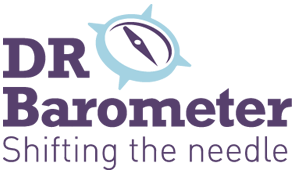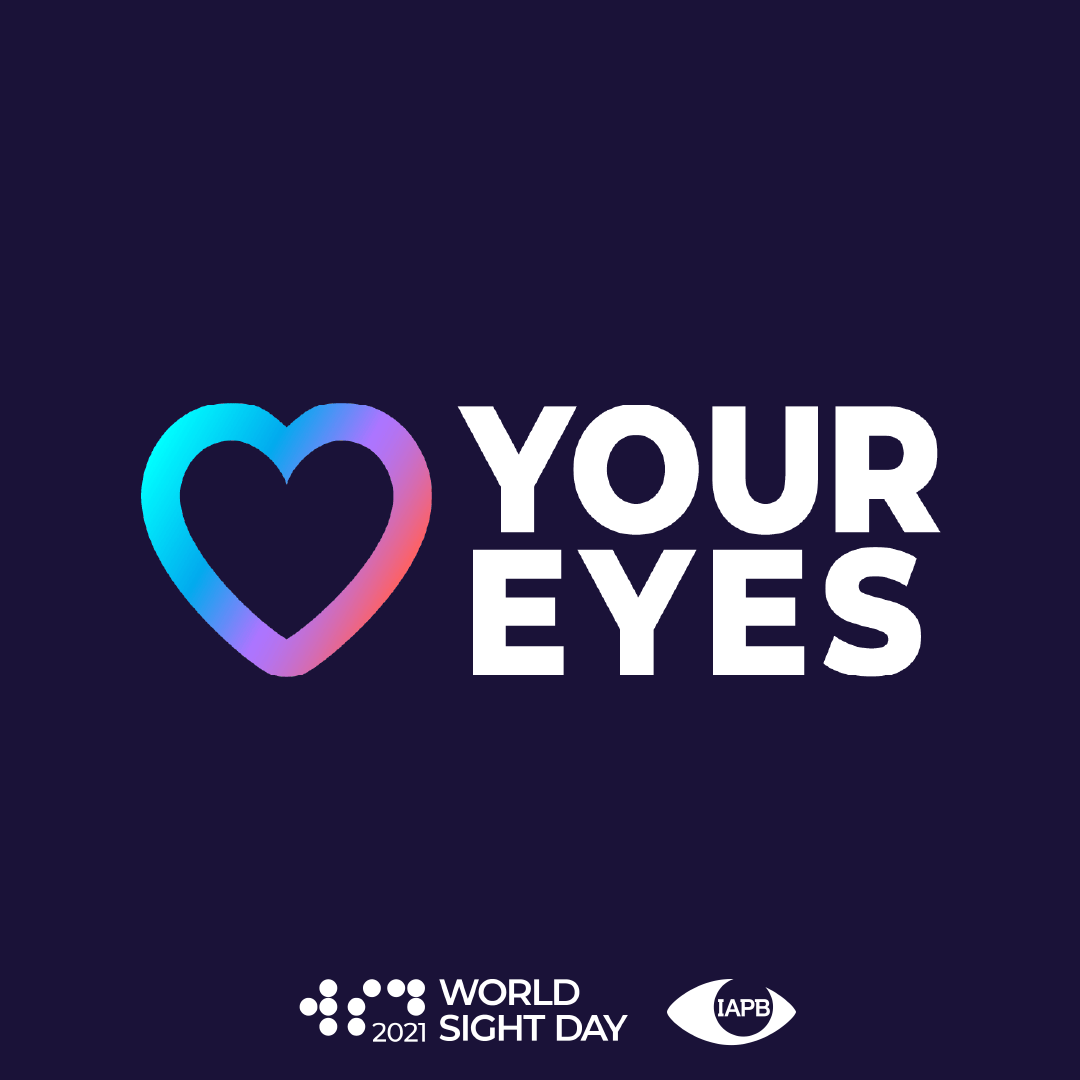The majority of vision loss is in older persons (50 years of age and over).[i] Diabetic eye disease, a group of vision complications which includes diabetic retinopathy, diabetic macular edema, cataracts, and glaucoma, can lead to vision impairment and loss. Diabetic retinopathy, in particular, is the most frequent cause of new cases of blindness among adults aged 20–74 years.[ii]
Vision is a key component of functional ability, and many cases of vision loss and impairment can be mitigated and prevented through timely access to screening, treatment, and rehabilitation.
According to the DR Barometer study, barriers to eye screening have been found to be a critical policy issue. Barriers related to health systems are contributing factors such as limited access to patient education on diabetic retinopathy and diabetic macular edema, complicated referral processes, inadequately equipped clinics, cost of care, and the lack of awareness on the part of healthcare providers on the importance of physician-patient communication.
On World Sight Day 2021, the DR Barometer program encourages taking scientific evidence to policy and practice action around diabetes-related vision complications, to address gaps in patient care and patient education, guidelines and protocols, and coordinated care in order to result in positive outcomes for adults with diabetes.
The International Agency for the Prevention of Blindness’ (IAPB) World Sight Day campaign for this year focuses on the theme #LoveYourEyes. The International Federation on Ageing (IFA) is pleased to support the campaign and recommends addressing the significance of eye health at the country and global level.
-
- Access the Education Pack to help teachers and children talk about eye health.
- Learn the 4P’s of good eye health through this guide.
- Make a Pledge to have a sight test or care for your eyes to show your commitment to the global eye health agenda.
The pandemic has shown that older persons are disproportionally affected by the virus, especially those with chronic conditions such as diabetes. With eye care services put on hold, those with preventable vision conditions are at high risk of vision impairment and/or loss. It is now time to raise awareness of eye health for those around the world who do not have access to vision care and close the gap.
______________________________________________________________________________________________________
[i] International Agency for the Prevention of Blindness. (2021, April 13). Inequality in Vision Loss: Age. Retrieved June 10, 2021, from https://www.iapb.org/learn/vision-atlas/inequality-in-vision-loss/age/
[ii] Fong, D. S., Aiello, L., Gardner, T. W., King, G. L., Blankenship, G., Cavallerano, J. D., . . . Klein, R. (2003). Diabetic retinopathy. Diabetes Care, 26(Supplement 1). doi:10.2337/diacare.26.2007.s99


